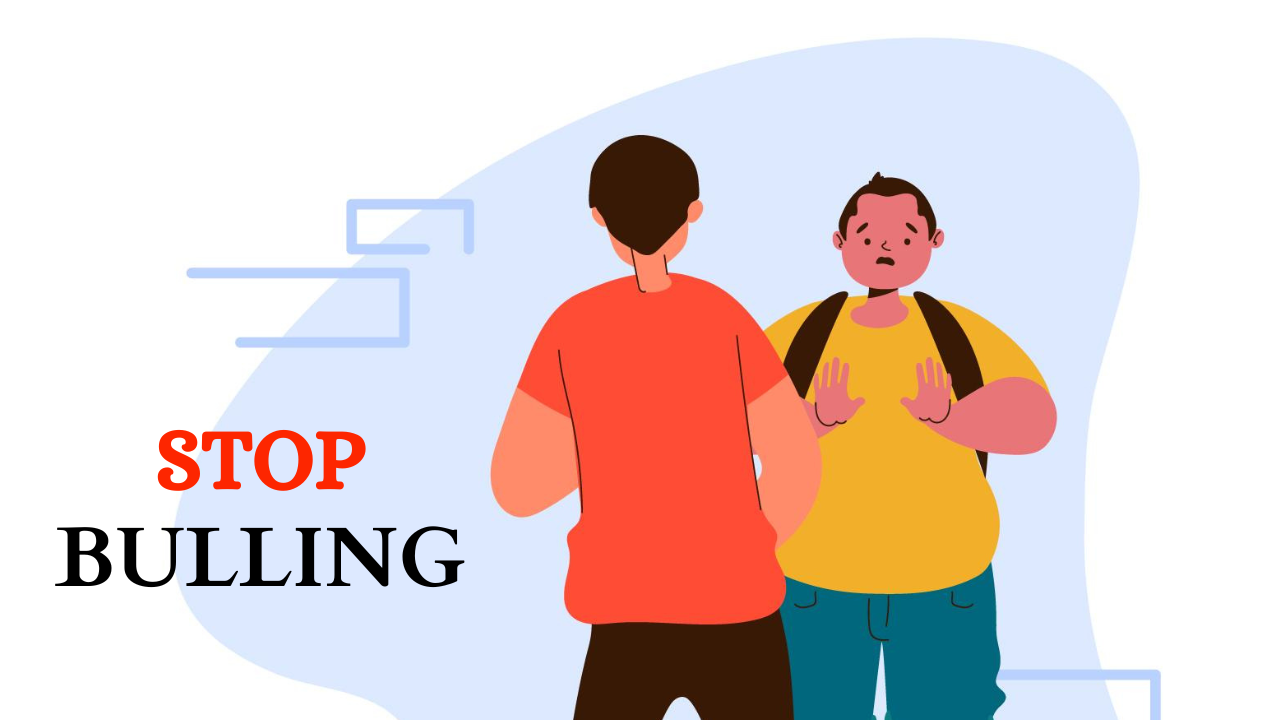Domestic violence :-
Domestic violence refers to any abusive behaviour within an intimate relationship that aims to gain and maintain power and control over a partner. It can take many forms, including physical, sexual, emotional, psychological, and financial abuse.
Domestic violence affects people of all ages, genders, ethnicities, and socio-economic backgrounds. The effects of domestic violence can be far-reaching and have a lasting impact on survivors’ physical, mental, and emotional health.
Examples of domestic violence include:
Physical abuse such as hitting, choking, or pushing
Sexual abuse such as unwanted sexual contact or forcing sexual acts
Emotional abuse such as name-calling, humiliation, or control of daily activities
Psychological abuse such as threats, stalking, or manipulation
Financial abuse such as controlling access to money or preventing employment
It is important for victims of domestic violence to seek help and support. This can include reaching out to friends, family, a domestic violence hotline, or a local domestic violence organisation.
Domestic violence in India statistics :-
According to data from the National Crime Records Bureau (NCRB) in India, the number of reported cases of domestic violence has increased in recent years. In 2019, over 140,000 cases of domestic violence were reported, with a majority of the victims being women.
However, it is important to note that domestic violence is often underreported in India due to stigma, fear of retaliation, and a lack of awareness about available resources and support systems.
Studies have also shown that domestic violence is prevalent across all socio-economic groups in India, with many victims facing barriers to accessing justice and support due to a lack of legal protection, inadequate support systems, and cultural attitudes that blame the victim and normalise violence.
The Indian government has taken steps to address domestic violence, including passing the Protection of Women from Domestic Violence Act (PWDVA) in 2005. However, more needs to be done to raise awareness about domestic violence, provide support for survivors, and hold perpetrators accountable for their actions.
Domestic violence causes in India
The causes of domestic violence in India are complex and rooted in cultural, social, economic, and psychological factors. Some of the main causes include:
Patriarchy and Gender Inequality: Domestic violence in India is often perpetuated by a cultural and societal belief in male dominance and control over women. This gender inequality creates an imbalance of power in relationships and can lead to abusive behaviour.
Stigma and Lack of Awareness: Domestic violence is often stigmatised in India and victims are often afraid to speak out or seek help due to fear of shame and retribution. A lack of awareness about available resources and support systems can also prevent victims from seeking help.
Economic Dependence: Women in India often face economic dependence on their partners, which can leave them vulnerable to abuse and limit their ability to leave an abusive relationship.
Substance Abuse: Substance abuse, including alcohol and drug use, is a common factor in domestic violence cases in India and can escalate the level of violence.
Mental Health Issues: Mental health issues, such as anger, depression, and stress, can also contribute to domestic violence.
It is important to address these root causes of domestic violence in India in order to effectively address and prevent domestic violence. This can include educating communities about gender equality and healthy relationships, providing support for survivors, and holding perpetrators accountable for their actions.
Effects of domestic violence in India
Domestic violence is a serious issue in India, affecting millions of individuals each year. This form of violence can take many forms, including physical abuse, sexual abuse, emotional abuse, and financial abuse. The effects of domestic violence can be far-reaching and long-lasting, impacting not only the immediate victim but also their families, friends, and wider communities.
One of the most obvious effects of domestic violence is physical harm and injury. Victims of domestic violence may suffer from bruises, broken bones, cuts, and other physical injuries as a result of being physically attacked by their partner. In severe cases, domestic violence can even lead to death.
Beyond physical harm, domestic violence can also have a profound impact on a person’s mental health. Psychological trauma, such as anxiety, depression, and post-traumatic stress disorder (PTSD), is common among survivors of domestic violence. This trauma can last for years after the violence has ended, affecting a person’s ability to form and maintain relationships, work, and function in daily life.
Economic dependence is another common effect of domestic violence. Women who are victims of domestic violence may struggle to support themselves and their children financially, due to a lack of resources or the inability to work outside the home. This can lead to social isolation, as victims may feel trapped in their situation and unable to seek help.
Domestic violence can also have a negative impact on a person’s health. Victims may experience physical and emotional stress, leading to health problems such as headaches, digestive issues, and chronic pain. Additionally, those who experience domestic violence are at a higher risk of developing substance abuse problems.
In conclusion, domestic violence can have far-reaching and long-lasting effects on individuals, families, and communities. It is important for survivors to seek help and support to overcome the effects of this violence and rebuild their lives.
Domestic violence laws in India:-
In India, domestic violence is addressed through the Protection of Women from Domestic Violence Act 2005. This act defines domestic violence as any act, omission, or commission or conduct that is abuse, and includes physical, sexual, verbal, emotional and economic abuse. The law provides for various legal remedies to protect women, including restraining orders, protection orders, and residence orders. Additionally, the law establishes a system of protection officers to assist survivors and a network of service providers for counselling and support. The law also criminalises acts of domestic violence and provides for punishment, including imprisonment and fines.
Prevention of domestic violence in India:-
In India, prevention of domestic violence involves a multi-pronged approach that includes:
Awareness campaigns: Raising public awareness about the issue through media campaigns, workshops, and community outreach programs.
Strengthening laws: Reviewing and strengthening laws related to domestic violence to provide better protection and support to survivors.
Training of police and judicial officers: Providing training to police and judicial officers on how to handle domestic violence cases and the importance of protecting survivors.
Support for survivors: Providing support services such as shelters, legal aid, and counselling to survivors of domestic violence.
Addressing cultural attitudes: Challenging cultural attitudes and beliefs that perpetuate and normalise violence against women.
Economic empowerment: Empowering women economically through education, employment and income generation programs to reduce their vulnerability to violence.
Working with men and boys: Engaging men and boys in prevention efforts through gender-transformative programs that challenge patriarchal attitudes and promote gender equality.
Awareness campaigns against domestic violence in India
Awareness campaigns against domestic violence in India typically involve:
Mass media: Utilising television, radio, and print media to reach a large audience with messages about the negative impact of domestic violence and the importance of seeking help.
Street theatre: Using street theatre and drama to raise awareness and educate communities about domestic violence and related issues.
Workshops and seminars: Organising workshops and seminars for women and men to discuss the issue and learn about their rights and available resources.
Social media: Utilising social media platforms such as Facebook, Twitter, and Instagram to spread awareness and engage people in discussions about domestic violence.
Community outreach: Partnering with local NGOs, community-based organisations, and government agencies to reach out to marginalised communities and raise awareness about the issue.
Public events: Organising public events such as marches, rallies, and candlelight vigils to raise awareness and show solidarity with survivors of domestic violence.
Poster and leaflet campaigns: Distributing posters and leaflets in public spaces and community centres to educate people about the issue and raise awareness.
Landmark judgement
One landmark judgement against domestic violence in India is the Supreme Court judgement in the case of Independent Thought vs Union of India (2017). In this case, the Supreme Court declared that sexual intercourse with a girl below 18 years of age, even if she is married, is rape and violative of her rights under the Indian Constitution. The judgement aimed to address the high incidence of child marriage in India and the related issue of domestic violence against child brides. The court declared that the exception to the age of consent in the Indian Penal Code, which allowed for sexual intercourse with a girl between 15 and 18 years of age if she was married, was unconstitutional and violative of child rights. This judgement was significant in providing stronger legal protection for child brides and addressing the issue of domestic violence against them.
Conclusion:
domestic violence is a serious issue in India that affects millions of individuals each year. It is perpetuated by a cultural and societal belief in male dominance and control over women, stigma, and lack of awareness. Substance abuse, mental health issues, and economic dependence are also common causes of domestic violence in India. The effects of domestic violence can be far-reaching and long-lasting, affecting not only the immediate victim but also their families, friends, and wider communities. The Indian government has taken steps to address domestic violence by passing the Protection of Women from Domestic Violence Act 2005, but more needs to be done to raise awareness, provide support, and hold perpetrators accountable. Addressing the root causes of domestic violence in India and providing support and resources for survivors is crucial in ending this cycle of violence.









